How Much Land Would it Require to Get Most of Our Electricity from Wind and Solar?
Union of Concerned Scientists
FEBRUARY 22, 2023
Most studies show that achieving these targets will require an unprecedented increase in wind and solar power to decarbonize the power sector and meet the increased demand for zero- carbon electricity to replace fossil fuels in building, industrial and transportation sectors. Map courtesy NREL: Denholm et al.




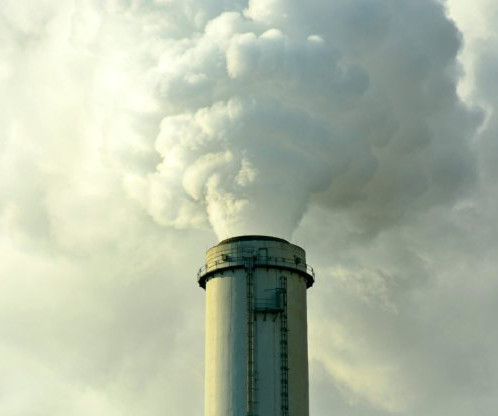
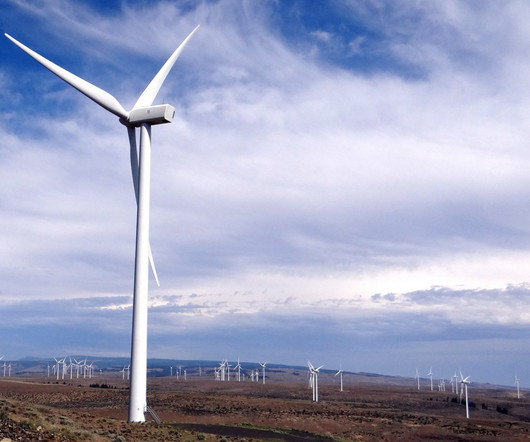
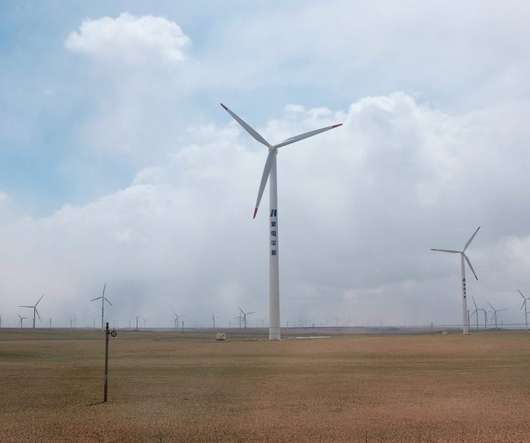
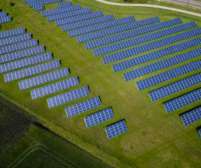



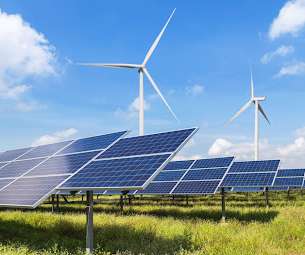
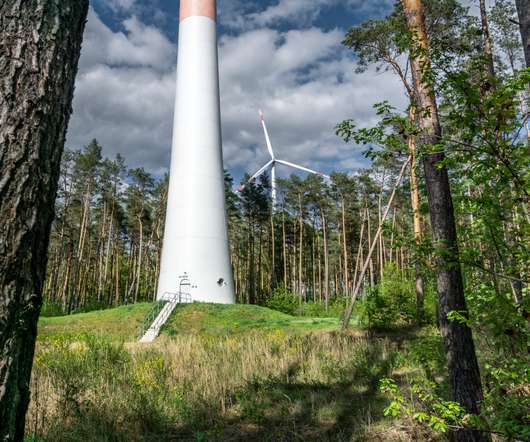






Let's personalize your content